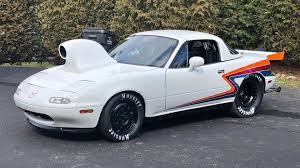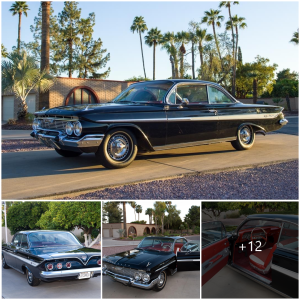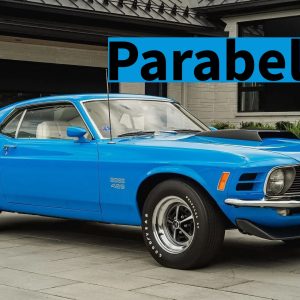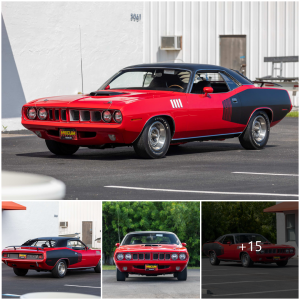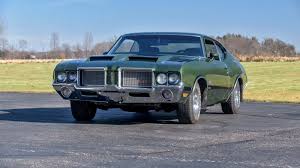
Introduced in 1967, the GTX was Plymouth’s most exclusive muscle car. Restricted to the two-door body styles and only available with the range-topping 440- and 426-cubic-inch (7.2- and 7.0-liter) HEMI engines, the GTX sported a notably more premium interior than the Belvedere and Satellite.

The nameplate was short-lived. Plymouth discontinued the GTX when Chrysler retired its high-compression big-block V8 engines after the 1971 model year, so the muscle car spent only five years in showrooms. It wasn’t very popular either due to its expensive sticker and the availability of the more affordable Road Runner.

Plymouth sold only 55,516 units over five years. The 1968 version is the most common at 17,914 examples, while the 1971 variant is the scarcest with just 2,942 delivered. The purple beauty you see here is one of those rare final-year Mopars.

Documented by YouTube’s “JC Fernandez,” this GTX is also one of those gems that got a frame-off restoration. It sports a flawless In-Violet finish (purple was called Plum Crazy on Dodge vehicles only), an impeccable black vinyl top, and a spotless interior. The engine bay is just as clean.

This GTX packs a four-barrel 440-cubic-inch V8 engine. Rated at 375 horsepower, it’s the most common powerplant in the 1971 GTX. However, while it’s not as rare as the 440 Six-Barrel (135 made) or the 426 HEMI (32 built), this GTX is still scarce due to the low production volume of that final year. Of the 2,942 units sold in 1971, 2,538 cars were fitted with the four-barrel 440. The 727 automatic gearbox narrows that number to 2,211 examples.

But this GTX has an even rarer feature to brag about. It’s mounted under the dashboard, and it’s a piece of old technology you won’t see in many B-body Mopars nowadays. I’m talking about a cassette deck that also includes a microphone input. There’s not a lot of info on these units to run by, but Chrysler offered them on various models in 1971 and 1972.

There is no statistic on how many Plymouths were ordered with this option, but the consensus is fewer than 1,000 units got it. This figure apparently applies to the entire Plymouth lineup, not just the GTX. All told, this B-body could be one of only a handful of units equipped with this feature. Granted, it’s not a big deal, and it doesn’t add to the vehicle’s market value, but it’s an interesting piece of Mopar history to have.

Cassette player aside, this 1971 GTX is one of the finest of its kind out there. It’s the type of classic that could win awards at classic car shows. It’s definitely worth drooling over, and you can do just that by hitting the play button below.


